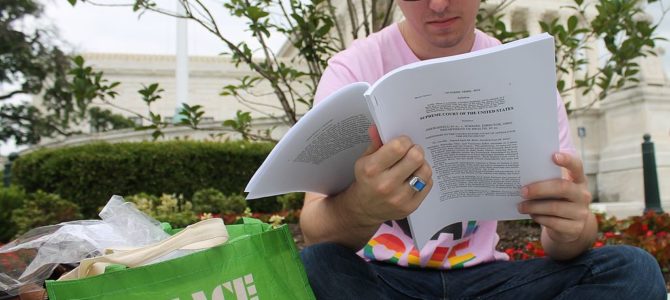For regular Internet users, trigger warnings appear nearly ubiquitous. Whether it be Twitter blocking potentially sensitive content, warnings at the tops of articles discussing violent or traumatic events, or a wide array of jokes and memes regarding being “#triggered” by minor shocks, the concept of trigger warnings are everywhere online.
Due to the rise in their presence, and certain activists arguing for an increase in their usage, Harvard University professors Benjamin Bellet, Payton Jones, and Richard McNally decided to explore whether these warnings regarding sensitive materials actually help survivors of traumatic events. Their results showed that trigger warnings might do more harm than good.
This experiment is a follow-up to a previous, smaller work by the professors, completed last year. For this trial, 451 respondents, all self-reported trauma survivors, were randomly assigned into one of two groups, and reported on the change in their anxiety levels after reading passages from classic literature of varying disturbing content, including neutral (wholly nonviolent content), mildly distressing (nongraphic scenes of violence), and markedly distressing (graphic depictions of violence).
One group, when given the markedly distressing passages, were given this preface: “TRIGGER WARNING: The passage you are about to read contains disturbing content and may trigger an anxiety response, especially in those who have a history of trauma” before reading. After each passage, respondents ranked certain emotions out of 100, and a more complex survey after finishing all of the readings.
Interestingly, the trigger warnings proved more detrimental than beneficial for survivors of trauma. The sight of the warning before the passage primed the respondent to fear whatever came next, and the anticipation heightened any effect from the passage itself. Merely describing a passage as potentially triggering imbued it with a previously unearned significance, substantially worsening the impact.
Further, the researchers found a surprising secondary problem with using trigger warnings. By repeatedly referencing participants’ history of trauma immediately before they read a distressing passage, they were forced to recall their own trauma also. Trigger warnings therefore seem the opposite of empowering for survivors of trauma. Instead, they force the traumatic event to the center of the reader’s identity, giving the event a greater weight than before.
While trigger warnings sound appealing in theory, the practice may rob trauma survivors of the agency to choose how to react. Further, they may take power away from survivors and give it to the event itself.
Of course, reactions to potential triggers and the associated warnings likely differ somewhat by person. However, for any content creators or curators, it appears that best practice is to let the work speak for itself, and allow consumers to decide for themselves how to react.









